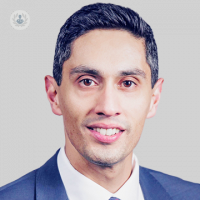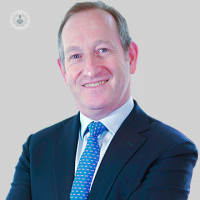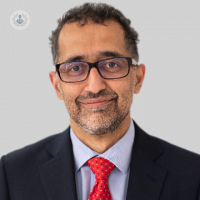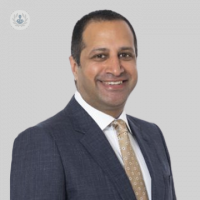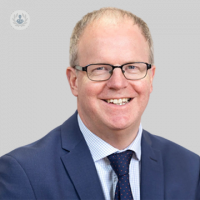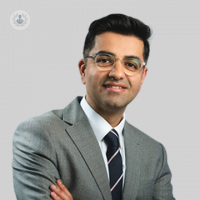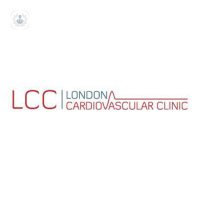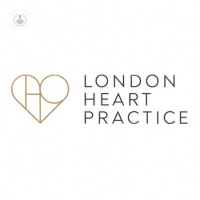Atrial septal defect
Dr Sukhjinder Nijjer - Cardiology
Created on: 11-07-2017
Updated on: 10-06-2023
Edited by: Karolyn Judge
What is atrial septal defect (ASD)?
Atrial septal defect is a type of heart defect wherein blood flows between the atria, which are normally separated by a dividing wall (the interatrial septum). While in the womb, and just after birth, it is normal for blood to flow between the atria through the foramen ovale, a small passageway between the two.
There are different types of ASD, and they can form at various stages in foetal development, or on occasion, after birth (e.g in patent foramen ovale, where the foramen ovale does not close as it should).
The types can be broadly categorised into:
- Secundum: the commonest type, occurring in the middle of the septum.
- Primum: occurring in the lower part of the septum, and sometimes along with other congenital heart defects.
- Sinus venosus: a rare type, occurring in the upper part of the septum.
- Coronary sinus: a rare type, where part of the wall between the coronary sinus and the left atrium is missing.
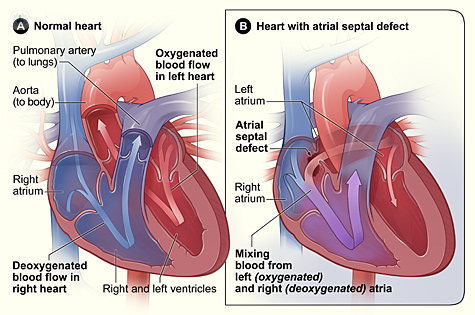
What causes ASD?
Atrial septal defect is congenital. If the dividing wall (the septum) is absent or defective, then oxygen-rich blood in the left side of the heart can mix with the blood in the right side of the heart, which has depleted levels of oxygen. As a result, the blood which is found in the arteries and which supplies the brain, other organs, and tissues of the body, has lower levels of oxygen in it than is usual. The heart then pumps extra blood into the lung arteries, meaning the heart and lungs have to work harder, damaging the lung arteries in the process.
What are the symptoms of ASD?
If the defect is very small, then symptoms may not be present, and there may not be any medical complications related to the defect. Symptoms may present when the child has grown up to be an adult, and can occur around age 30 in some cases. Signs to watch for include:
- Shortness of breath, particularly during exercise
- Swelling in the legs, feet, or abdomen
- Heart palpitations
- Fatigue, or tiring easily
- Heart murmur
- Stroke
Can ASD be prevented?
As ASD is congenital, in most cases it cannot be prevented. However, certain factors increase the risk of its development, including drug use, smoking, and substance abuse during pregnancy, obesity, having diabetes, and having rubella during the first few months of pregnancy.
What is the treatment for ASD?
If the defect is small, then treatment may not be necessary. Monitoring to see how the defect progresses will be advised, to see if the hole closes on its own - which can happen. However, treatment may be necessary, and this may be recommended in the form of medication or surgery. Medication can be used to control or reduce symptoms which occur along with the defect, while surgery aims to repair the defect itself.
Which specialist treats ASD?
A cardiologist, or paediatric cardiologist generally monitors and treats atrial septal defect.
